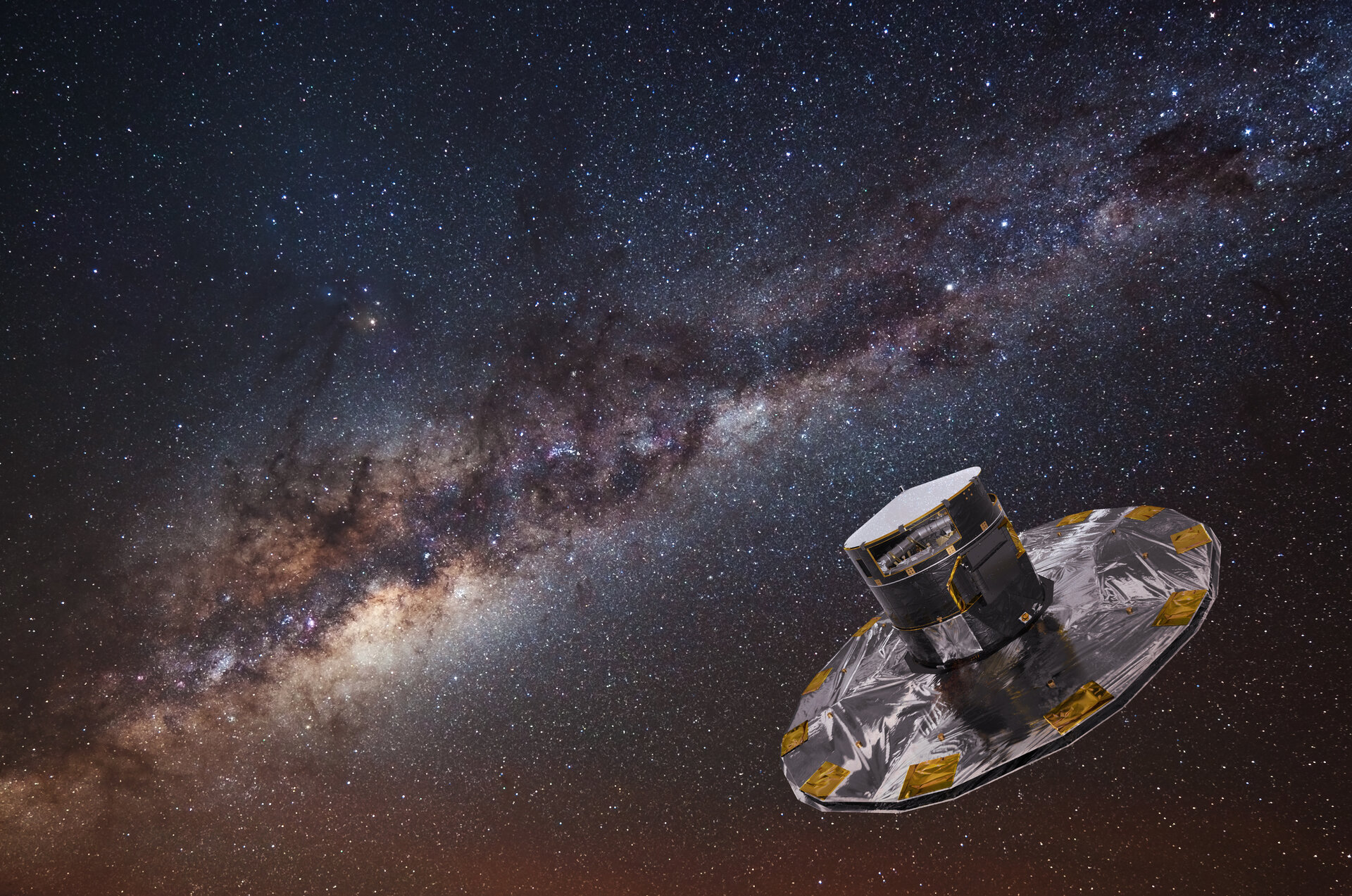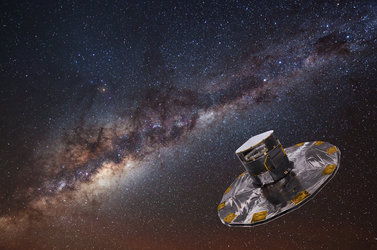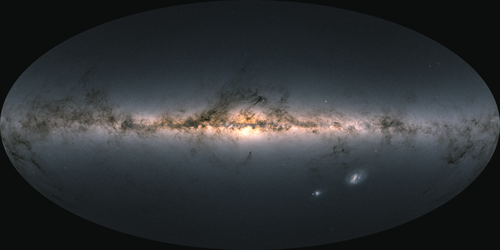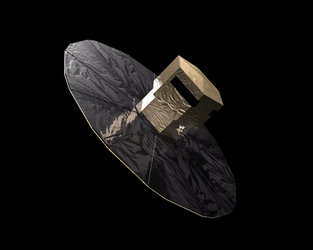Call for Media: ESA’s Galaxy-mapping Gaia ready for launch
The European Space Agency’s Gaia satellite is ready for launch on 19 December at 09:12 GMT (10:12 CET). The launch will be covered live from Europe’s Spaceport in French Guiana for broadcasters and on the web, and can be followed at local events in Europe.
The launch will be on a Soyuz vehicle, operated by Arianespace. Launch success is expected to be declared around an hour and a half after launch, after the deployment of Gaia’s sunshield.
Website
ESA’s Portal will cover the launch live on www.esa.int, providing the videostream and updates of the launch.
ESA TV
In cooperation with Arianespace, ESA TV provides broadcasters with live satellite relay or live videostream of the launch. Details at: http://esatv.esa.int/Television
ESA Launch events open to media
Event at ESA’s Space Operations Centre
The main ESA launch event will take place in Gaia’s mission control centre at ESA’s European Space Operations Centre (ESOC) in Darmstadt, Germany.
Doors open at 08:00 CET, followed by an event programme that includes leading European astronomy experts, industry representatives, as well as ESA managers explaining the science and the flight operations of the Gaia mission.
For accreditation, media can register at: http://www.esa.int/GaiaLaunchEvent
For more information or interviews requests around the launch event at ESOC:
Robert Bosch Strasse 5, Darmstadt, Germany
Tel: +49 6151 902516
Email: esoc.communication@esa.int
Any last-minute change in the Gaia launch date will be announced in a recorded message at +49 6151 90 2609, on our ESA website www.esa.int/gaia or on Twitter @esaoperations
For information on how to get to ESOC: www.esa.int/esoc
Events at ESA’s Space Astronomy Centre
At ESA’s European Space Astronomy Centre (ESAC) near Madrid, Spain, media can join a Gaia information day on Tuesday, 17 December. The information day focuses on the science and the Spanish contribution to the mission and is organised in collaboration with the Spanish Ministry of Industry and CDTI. The event starts at 11:00 CET and is held in Spanish.
Media are also invited to come to ESAC for the launch on 19 December. Doors open at 09:00. The event will be held in English.
More information and contact information for the events at ESAC:
For information on how to get to ESAC: http://www.esa.int/About_Us/ESAC/Getting_to_ESAC
Tel: +34 91 813 13 59
Email: comunicacionesac@esa.int
Event at ESA’s Space Research and Technology Centre
At ESA’s European Space Research and Technology Centre (ESTEC) in Noordwijk, the Netherlands, a joint launch event with NSO, TNO and Nova will be held at Space Expo.
How to get to Space Expo:
http://www.spaceexpo.nl/engels/page/Contact/Contact/e/pm/43/
For more information on the launch event:
http://astronomie.nl/#!/gaia
ESTEC Communications Office
Tel: +31 71 565 3006
Email: estecpr@esa.int
About Gaia
ESA’s Gaia mission will create the most precise 3D map of our Milky Way by measuring a billion stars in it.
Gaia will be launched on a Soyuz rocket from Europea’s Spaceport in Kourou, French Guiana. It features the largest CCD focal plane, with 106 CCDs totalling almost a billion pixels, making it the largest digital camera ever used in space.
With Gaia’s unprecedented 3D map at hand, we will improve our understanding of how our Galaxy evolved, how it came into being and why it is the way it is. Scientists also expect to discover thousands of planets beyond our Solar System, tens of thousands of failed stars and 20 000 exploding stars.
ESOC in Germany will operate the satellite and ESAC in Spain will prioritise the science. DPAC, a consortium of more than 400 scientists, will analyse the flood of a million gigabytes of data that Gaia will produce during its five-year life.
The spacecraft was designed and built by Astrium, with a core team of Astrium France, Germany and the United Kingdom.











